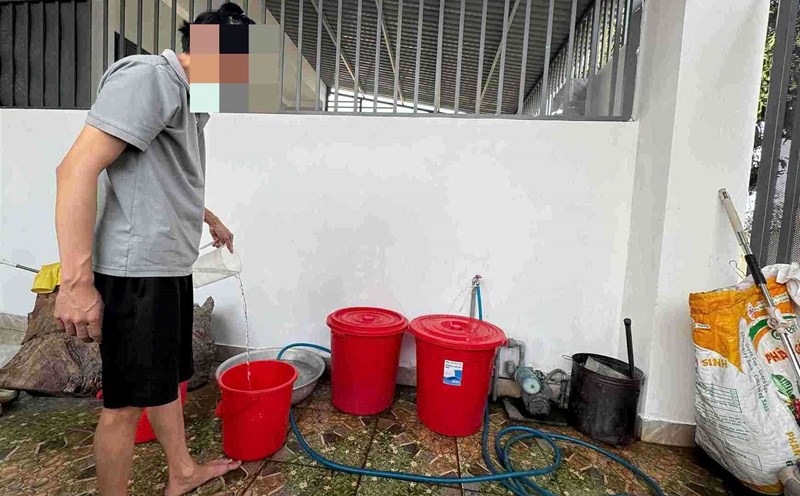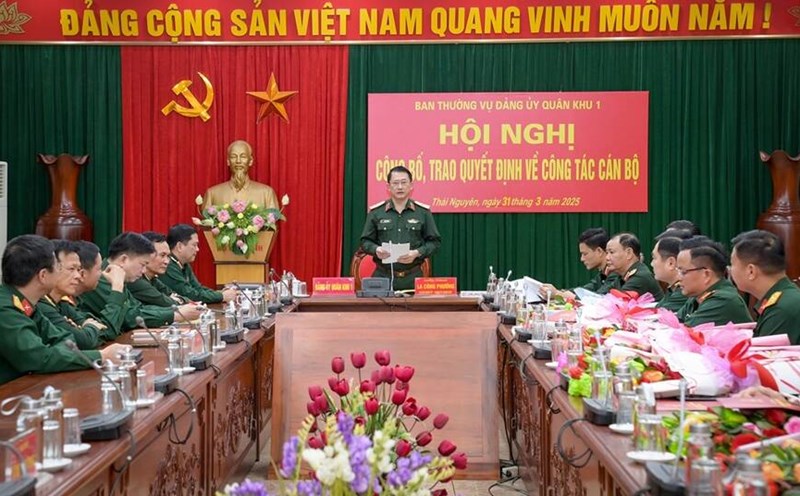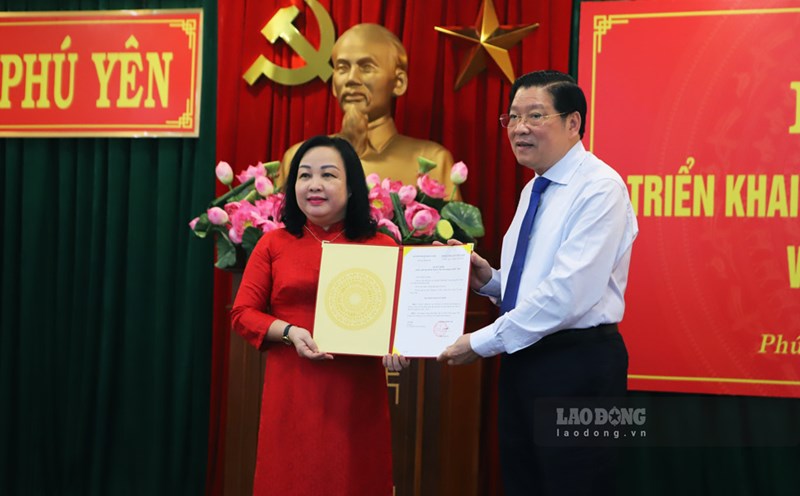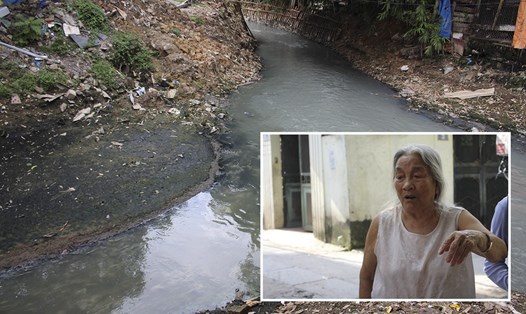Toxic bottles began appearing on the surface of the sacred river on November 6. Despite pollution on November 10, thousands of Hindu followers attending the Chhath Puja festival - a Hinduism for the Sun God - still went down to the river to pray, immersing themselves in the pillar of toxic foam floating on the river.
However, a local resident told RT News: "Many people drink this water without knowing the consequences. Both humans and animals were affected. We are scared.
Meanwhile, air toxicity levels in the Indian capital New Delhi have fallen more than half since a state of emergency was declared on November 1. That is when air pollution in the city reaches its peak due to smoke and dust from fireworks and the burning of roots in the fields.
Strong winds have lifted pollutants, the air quality index at the US Embassy in New Delhi on November 6 was 155 compared to 500 at the previous weekend. This index is 10 times higher than the recommendation of the World Health Organization (WHO).
Minister Arvind Kejriwal and BJP Chairman in New Delhi Manoj Tiwari also attended the Chhath Puja festival on the morning of October 11.
Mr. Kejriwal called the pollution "unbearable" and said that the people of New Delhi are suffering what "it is not their fault".
Yamuna, the main water source of the capital New Delhi, is one of the most polluted rivers in India.
19 sewers flow into the river, contributing 96% to the total amount of pollutants in Yamuna.
Only 5% of the wastewater discharged into the river is treated, posing a serious health risk.
In an effort to combat the effects of air pollution in New Delhi, the Indian government last week issued a plan for cars to travel evenly across the ocean.







